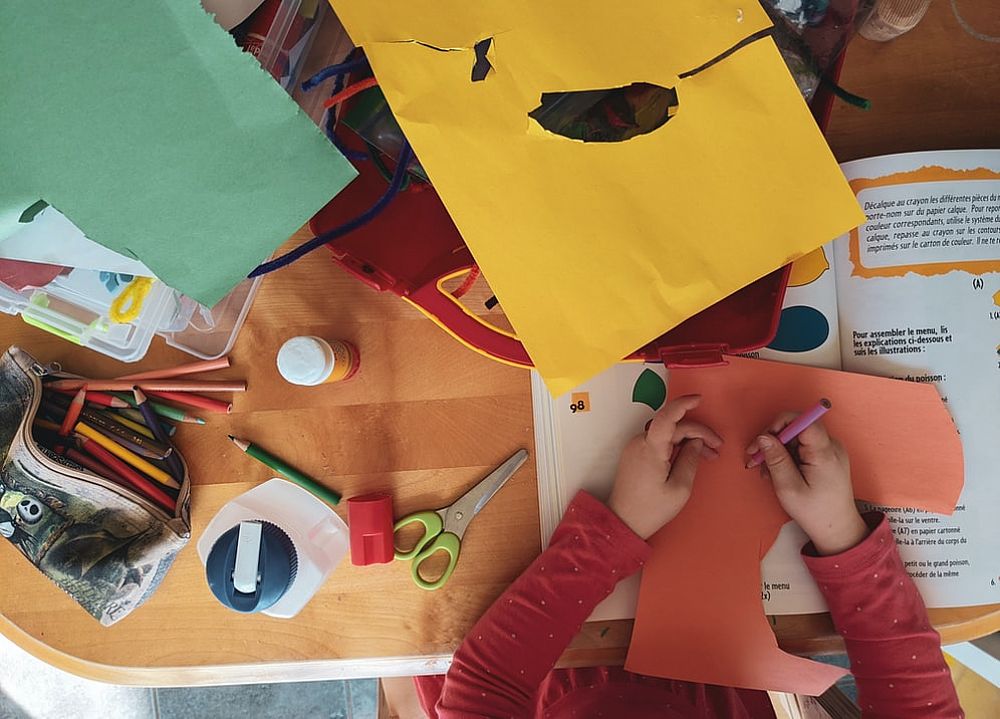How to Teach EFL Kindergarten

In the following essay, I want to talk about teaching EFL in kindergarten and the possible advantages and disadvantages of it. In addition to that, I will talk about different teaching methods for teaching kindergarten students. They were followed by the importance of creating the right classroom environment and the teacher's personality and attitude when working with children. This essay is based on my personal experience as a kindergarten teacher and on what I have learned through this course.
Table of Contents
On the other hand, it is to mention that kindergarten students have shorter attention spans.
Creating a warm, familiar classroom environment
Personality of a Kindergarten Teacher
Are you planning to teach English abroad?
Check out what our course grads say in our many video testimonials!
This post was written by our TEFL certification graduate Annika L. Please note that this blog post might not necessarily represent the beliefs or opinions of ITTT.
Advantages and Disadvantages of teaching kindergarten students and Teaching Methods for Kindergarten students
Children at a young age are more likely to absorb a new language from context and usage, the same way they acquired their language. That is why they are becoming an increasingly more significant market everywhere around the world.
When it comes to teaching kindergarten students, there is mostly one significant advantage: Children have a curious personality and are amenable to fun games, songs, and other activities. Their nature is open-minded and playful. But maybe sometimes they lack motivation.
As a good teacher, you can help them stay motivated in keeping your classes exciting and fun. You can find out what the children's interests are and build your lessons around those topics. Be creative when planning your studies. This will surely catch their attention and motivate them to participate in your class.
On the other hand, it is to mention that kindergarten students have shorter attention spans.
To counter their short attention spans, your lessons' activities should always have an appropriate length of time for their age group. The size for one activity should take around 15-30 min and then change into the next move, to keep the children interested in your lesson and not lose their attention. Avoid talking and lecturing for long periods.
Children have a natural desire to be physically active. It would help if you kept the right balance between quiet activities and physical activities. Using physical activities will make it easier for the children to learn the new language. Even if they can't fluently communicate yet, they can pick up verbal clues and physically respond to them. For example, singing the children's song "If you happy and you know it" and follow the matching movements. Maybe the children don't understand each word yet, but they will pick up speech patterns and syntax and eventually generate language spontaneously. The same will work for simple commands that you can integrate into your lessons, for example, "sit down," "stand up," or "attention please." Use clear visuals when introducing it to the children. "Learning by doing" will help them learn in a fun way and absorb the new language from context and usage. So, it is always an excellent method to use hands-on activities that get the students moving around the classroom when teaching kindergarten students.
Creating a warm, familiar classroom environment
Furthermore, it is important to create a feeling of security and comfort within the children, which will help them for successful language acquisition. Try to create a warm, welcoming, and familiar classroom environment that reflects your students' cultural and personal backgrounds. They will feel comfortable and more relaxed when surrounded by items they know—for example, their favorite storybooks or photos of their family and home country.
Not only creating a familiar classroom environment but also try and include consistency in your lessons. For example, you can start every day by singing a welcome song or use discussion starters to get your students to communicate in your target language. This will give your students a secure feeling because they will know what will happen in your lessons and make it easier for them to participate.
Personality of a Kindergarten Teacher
Your students' small successes during the lesson will make them more eager to participate and learn more. Give gentle corrections of errors and use lots of praise.
Make sure to pick up on the kindergarten students' needs and help them through any stage of second language acquisition. Remember to have reasonable expectations and not push your students during any stage. It is very important as a teacher to observe your students, to know at which level they are, and work with them from there. Be creative when planning lessons. The more creativity involved, the more engaged the students will be.
Are you planning to teach English abroad?
When teaching kindergarten students, you need to be patient and develop a caring relationship with them. Then your students are likely to trust you more, show more engagement in learning and behave better in class. More importantly, a good teacher-student relationship has positive and long-lasting implications for both students' academic and social development.
Apply now & get certified to teach english abroad!
Speak with an ITTT advisor today to put together your personal plan for teaching English abroad!
Send us an email or call us toll-free at 1-800-490-0531 to speak with an ITTT advisor today.
Related Articles:
- 4 Benefits of Using Technology in the Classroom
- Learning Modes: Young Learners vs Adults
- How to Use Lesson Planning to Its Fullest Potential
- 3 Keywords For Using New Technology in the Classroom
- The Advantages and Disadvantages of Teaching English to Young Children
- Getting Student Placement Right - The Best Desk Arrangements for EFL Students



